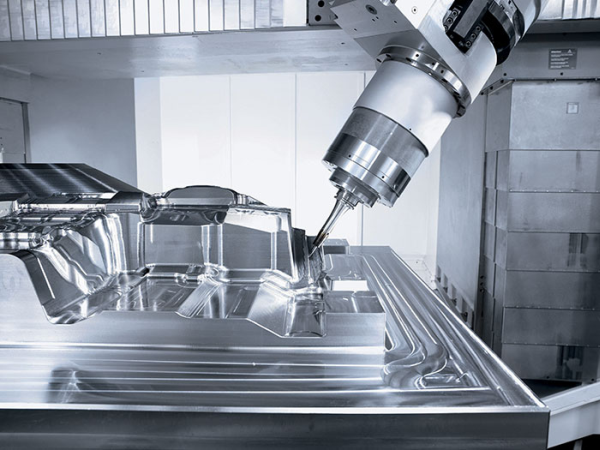If you are leading a workshop handling CNC machining operations, you probably are thinking about upgrading your hardware with a 5-axis machine. The only way to buy the right one is to put some thought into it based on the needs of your company. A lot of machining companies are making the mistake of seeing a 5-axis device as a fad. These are probably the same people that wonder why the new generation of smartphones has three cameras placed on the back. One particular trait you need to take notice before buying anything is size.
The Thinking that Goes Behind the Decision of Buying a 5-Axis CNC Machine
Let’s dial back a bit and think about logistics. Think about your workshop for a moment. The distribution of machinery is not something that happened to your liking. Your team likely had a long time to plan and consider the position of every piece of hardware used to handle individual tasks. 5-axis machines are pretty big, no matter the brand you choose to buy. The increased number of axis means they also use a lot more tooling, and they also take a lot more space in your workshop. You will find a lot of tricky features that you need to get used to, but once you get a hold of them, you will be able to bring to life the most intricate designs.
The Tasks You Can Handle with 5-Axis CNC Machines
Let’s talk for a moment about the type of task you can handle with a 5-axis CNC machine. With this device, you can run through the software parts as little as 3 inches in volume. The catch for this is that you have to buy the machine that is primed for this task. It’s not like a machine with a rotary table of 24 inches, or more couldn’t handle the job, but you will run the machine harder than it should. A 5-axis CNC machine work with a lot of robotics, and it can be tilted to create the wildest shapes you can imagine. But if you are using a large machine to create small parts, you will run into many issues such as chatters, interferences, backpedaling, confusing tool exchange, chipping, and more. You create smaller parts with a machine that has a rotary table no bigger than 12 inches.

5-axis CNC machines*
More Size Concerns – The Height of the 5-Axis CNC Machine
As we continue to review all the facts related to the size of your new hardware, we need to take a good look at the height of the machine. 5-axis CNC machines have a smaller footprint than older devices, but the actual CNC machining task requires room for the device to do what it’s supposed to. A good 5-axis machine can move the pathways of the axis. These machines work with X, Y, and Z patterns. These motions, combined with the height of the part being created, require more room than the one you are thinking at first sight. Your engineering team should be able to crack the numbers, but you need to get the height of the project right in the planning phase. Otherwise, the machine will fire up constant alerts, and the task will be interrupted.
The Range of Motion of 5-Axis CNC Machines
Regarding the axis movements, you need to keep a few things in mind as well. The first one is the fact that the Y-axis works very differently than the one used by classic CNC machining devices. 5-axis machines have a lot of fixtures that work in a brand new one. Once they are mounted on the base plate of the machine, you will have to add a modular pallet to keep the central base in place. This will use the whole machine envelope without setting the clamps. This is indicative that things will be tricky. The swivel head of the CNC machine work with a unique configuration as well since the head device tilts a lot. The tool length is also a source of concern since bigger tools are usually required for larger parts.
Reaping the Rewards of Working with CNC Machines
By now, you probably think that a 5-Axis CNC machine is a logistic nightmare, but nothing could be further from the truth. The CNC machining tasks handled with this piece of hardware are worth the headaches. Once the axis has been configured correctly, and the machine has enough room to do the work, you will see impressive results. Keep in mind that there a few steps on the logistics we have skipped in these lines, especially the ones regarding the tooling used by these machines. The two additional axes add a lot to the range of productivity of every workshop that decides to use one. You can a further look at the achievements of 5-axis CNC machines when you come up with a genuinely intricate design. The costs will probably go up, but the payoff will likely be equally rewarding.
Reference
*Image from http://www.informdom.com/
